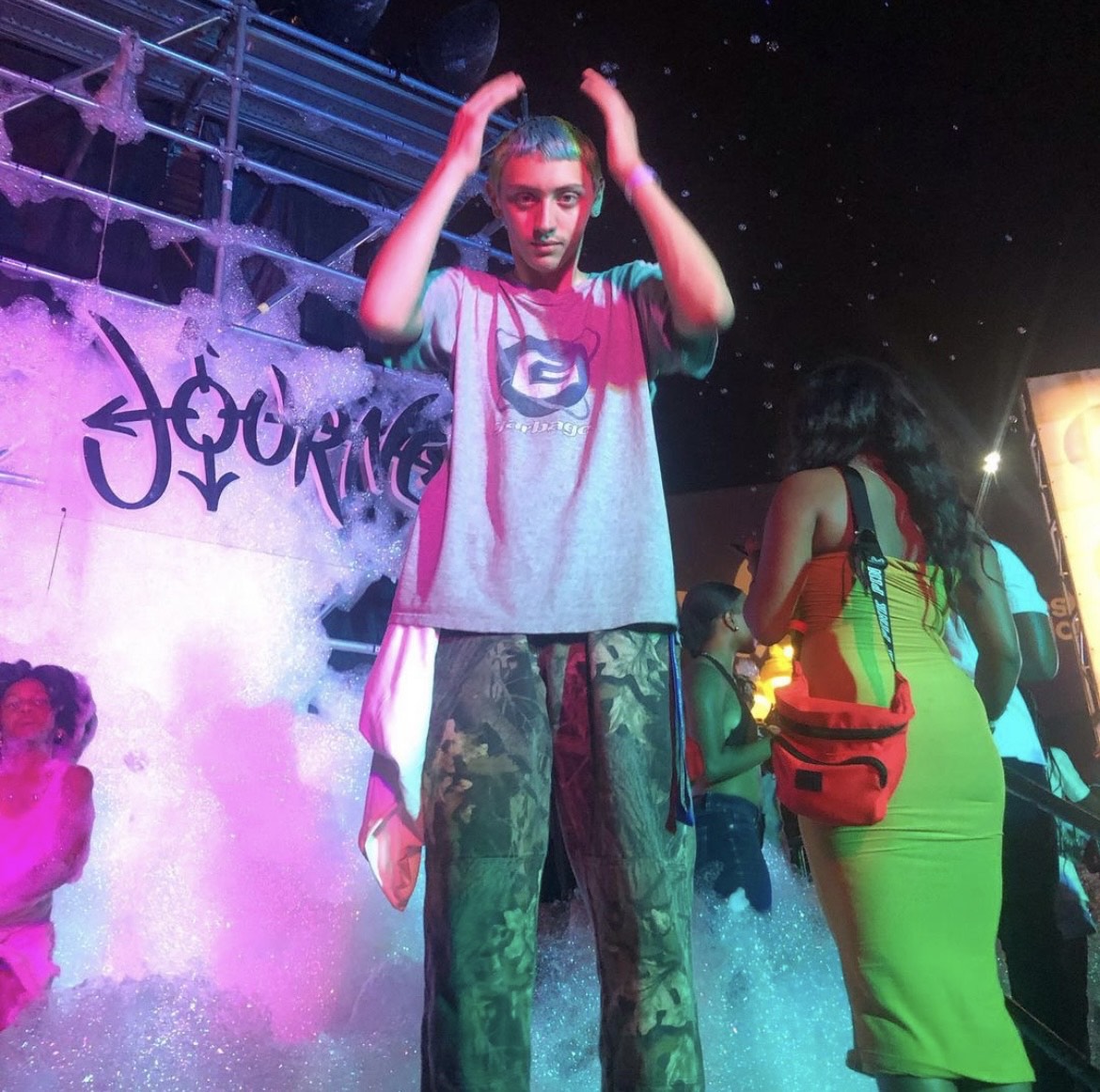
From popular aesthetics like “cottagecore” to the lesser-known “wormcore,” core aesthetics refer to the fashion trend of centering one’s style around a specific feature.
Hundreds of styles fit into the category of core aesthetics, and they often stem from music, culture and history.
Sophomore Whitney Chase describes her style as “campcore.” Camp refers to Susan Sontag’s 1964 essay, “Notes on Camp.”
Sontag defines “camp” as “an aesthetic style and sensibility that regards something as appealing because [emphasis added] of its bad taste and ironic value.” Camp was the 2019 Met Gala theme, which showcased iconic looks from celebrities like Lady Gaga and Billy Porter embracing the aesthetic.
“That [theme] was so up my alley, and I never heard that word used before the Met Gala,” Chase said. “I like wearing ugly things but making it look like part of my aesthetic.”
Her style has drastically shifted within the last year alone, switching from monochrome black and white outfits to bright colors and mixed textures.
Chase does not follow a set of rules with styling and instead puts together outfits with pieces that feel interesting to her.
“I want every piece of my clothing to have a distinct personality to it,” Chase said.
On the other end of the fashion spectrum, sophomore Reaghen Cerda jokingly describes her style as “a hipster attending a funeral.”
“I like a grunge kind of look,” Cerda said. “[It’s] kind of like how Courtney Love dressed in the ’90s.”
This style gained traction through the grunge music scene and emphasized a thrifty and uncoordinated look with an edge. An example would be pairing a faded, oversized flannel with combat boots.
Cerda mainly gets supportive comments from friends and strangers for her style, and she loves that her look can inspire others.
“When I’m out in public, sometimes little kids come up to me, and they tell me, ‘Oh, I like your outfit,’ or ‘I like your hair,’” she said. “That makes me feel good because I remember seeing older girls when I was young and being like, ‘I want to look like them when I get when I grow up.’”
Sophomore Ezra Blanchar created an aesthetic out of their passion for environmentalism.
“I think that someone’s ‘core’ is something that usually inspires them to dress or act in a certain way,” they said.
Blanchar’s style is “earthcore,” which promotes eco-friendly fashion. They thrift most of their clothing, and they adamantly make sure they wear everything they buy.
“I think about the future of fashion, like what is something that’s pushing the boundaries of clothing,” they said.
According to Business Insider, fashion production makes up 10% of total global carbon emissions. People buy more and more clothes for the year because fast fashion companies have switched from seasonal clothing drops to near-weekly drops.
Blanchar takes steps to minimize their carbon footprint and hopes that others will join them in prioritizing the environment’s health over mass-produced clothing.
“I want to make sure I’m making a difference and inspire others to make a difference because I would like to live on this earth as long as we can,” Blanchar said.
Core aesthetics provide an excellent opportunity to explore different styles or establish a style based on one’s interests or beliefs.
No one knows what the next fashion trend will be, but it’s important to remember that the best accessory in fashion is the happiness and confidence from self-expression.
